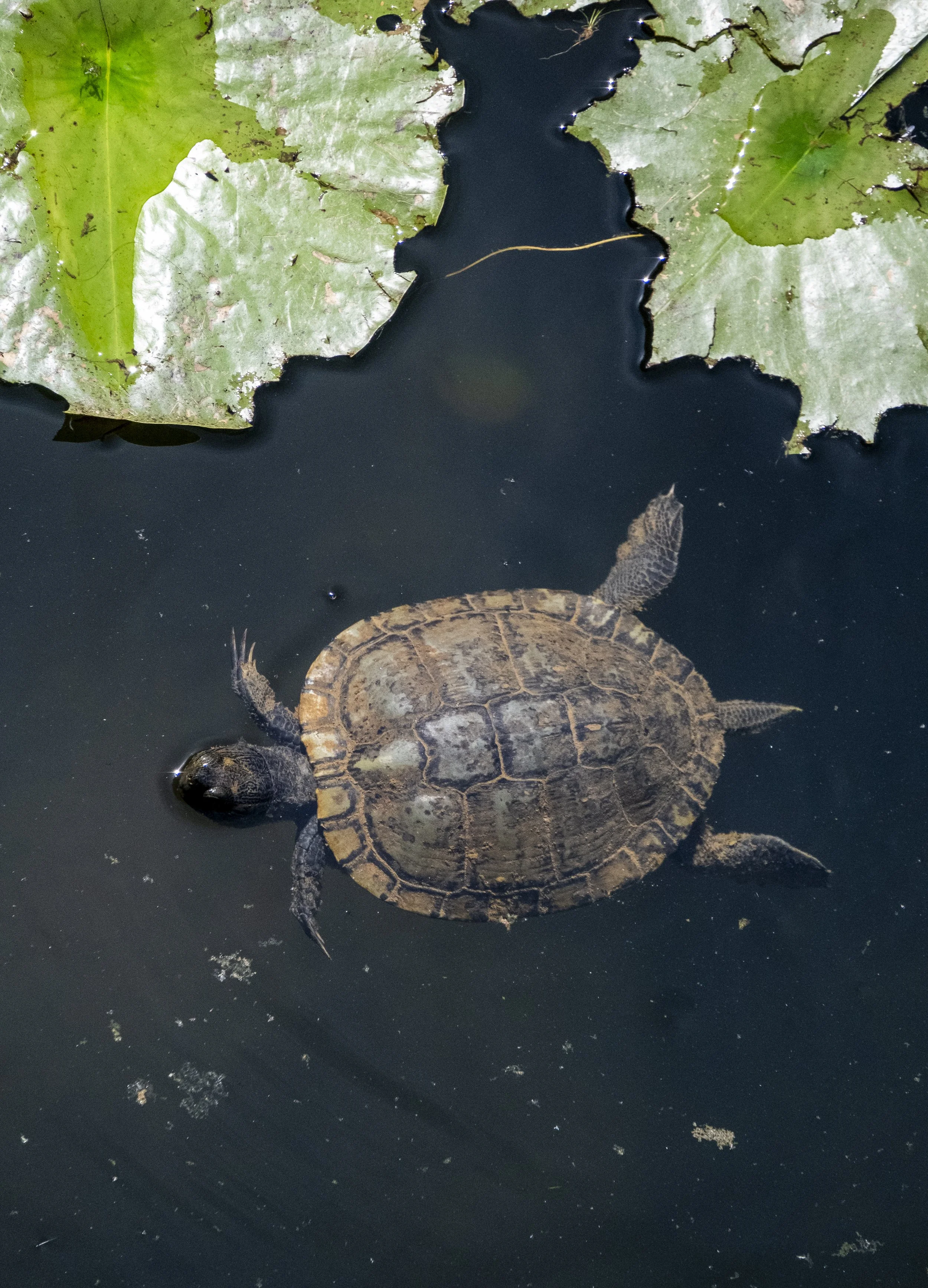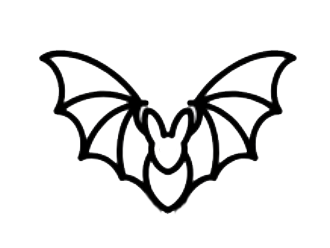Wildlife
For wildlife, many essential survival activities are carried on at night, and those activities depend on the night being dark. Research has conclusively demonstrated that ALAN (artificial light at night) is a serious problem for wild animals of all types and sizes. That’s no surprise when you consider that 69 percent of mammals, 30 percent of all vertebrates, and 60 percent of invertebrates are nocturnal.
All species depend on the cues and triggers received from seasonal and circadian prompts. The synergistic interplay between species is disrupted, whether these be actions primarily integral to survival – such as reproductive or predator/prey interactions, or those having secondary consequences — as between plant crops and pollinators. And behaviors such as migration can be prompted too early or too late, missing ideal climate conditions for any given species’ nesting and foraging needs.
Songbirds:
For instance, most neotropical songbirds (such as warblers, orioles, and tanagers) migrate at night to avoid turbulence in the air and to use the stars as a navigational tool. Passing over cities, they are often attracted to artificial lights and frequently strike windows. The blow can be fatal, or it can leave the birds injured and vulnerable to predators and street sweepers. In the eleven years that Lights Out DC volunteers have monitored downtown Washington, more than 6,000 dead and injured birds have been found.
Height is not the governing factor here: in 2014, Smithsonian researchers estimated that buildings one to three stories tall accounted for 44% of all bird fatalities annually.
Exhaustion is a further lethal consequence for birds confronted by artificial lights at night. For example, the 9/11 memorial in NYC, “Tribute in Light,” was found to draw in huge numbers of migrating birds, up to 150 times more than when there are no appreciable lights on. When lit, birds get “trapped” by the memorial’s light beams - they become confused and circle endlessly, using up critical energy stores. A remedy was sought and now bird monitors communicate with the memorial’s organizers at critical migration periods and the lights are turned off for 30 minutes, which helps the birds move on.
Bats:
Many bat species, including the Little Brown Bat, a Species of Greatest Conservation Need in the District of Columbia, and the Long-eared Bat, an endangered species that resides in D.C., scrupulously avoid lights, so that areas lit at night become dead zones for them where they dare not hunt.
Insects:
Insects are in trouble world-wide, and light pollution is a contributing factor to their decline. According to biologists’ research, even porch and security lights are a serious problem for them. For example, about a third of the insects who are attracted to artificial light will die before dawn of predation. Either from collision, exhaustion, or as an easy meal for predators.
Fireflies, in particular, are threatened by light pollution. One in three species of firefly in the U.S. is threatened with extinction, and a major reason behind their disappearance is that their breeding routines are interrupted by outdoor lights. A study in the suburbs of Boston proved that a single bright porch light can prevent every single firefly in that yard from reproducing.
Marine Life:
The fact that hatching sea turtles cannot find their way to the ocean because nights are no longer dark is well documented and known. The effects of light pollution on other reptiles and amphibians are not as well known, but a 2008 study called it a “serious threat” for those who live in urban environments.
Considering that the world has already lost more than two-thirds of its wild animals in the last 50 years and that the populations of more than half of the world’s animals are in serious decline, all of us need to do what we can to ensure the survival of wildlife. Turning out lights at night is a good place to start — it’s easy and it’s effective!








